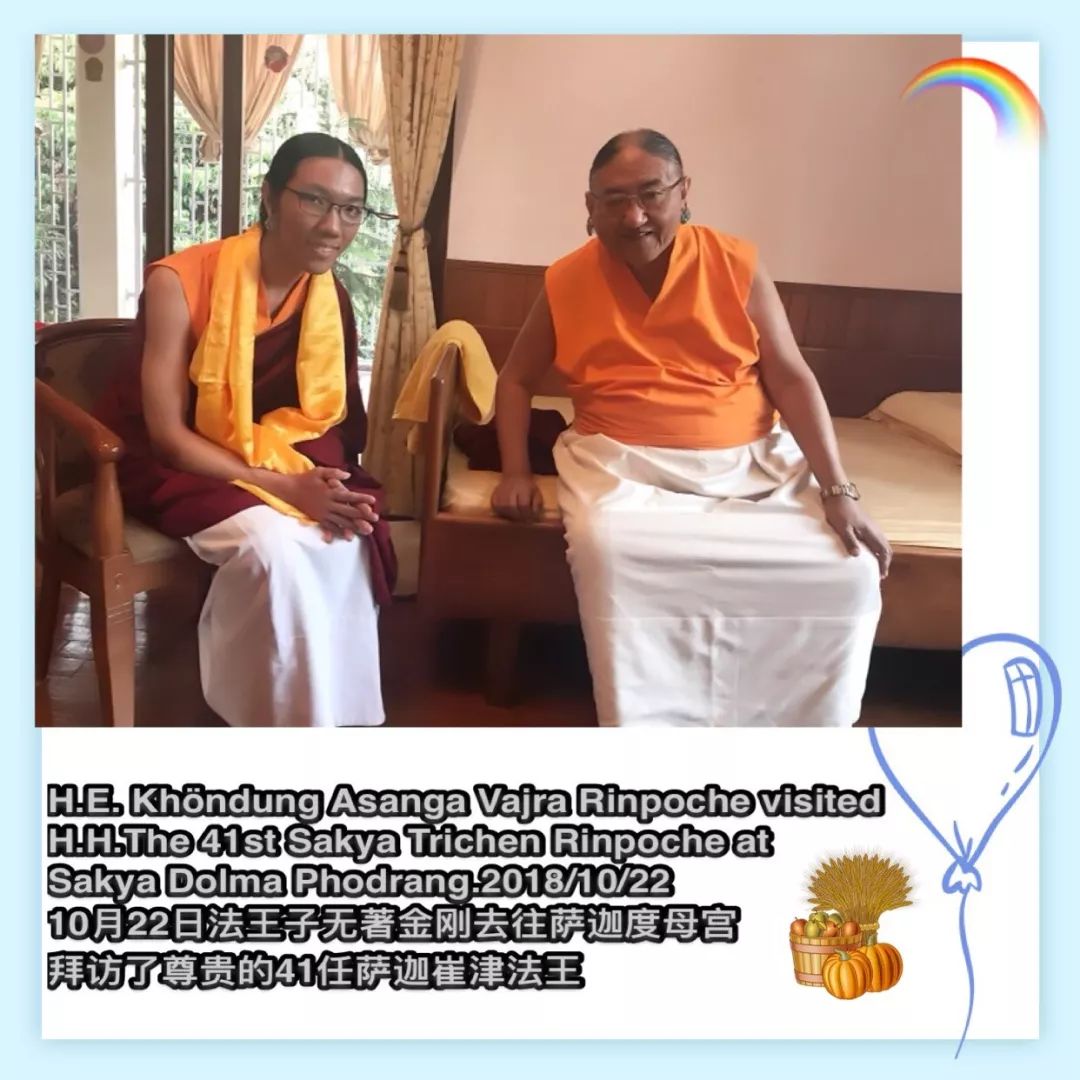Abandoning the Thought of Awakening through Dread of the Faults of Cyclic Existence (iii)
Previously, we learnt about the first and second causes of abandoning the thought of awakening. Of the three causes of abandoning the thought of awakening or generating Bodhicitta, the third cause is:
Abandoning the thought of awakening through dread of the faults of cyclic existence:
Seeing the sufferings of birth, old age, sickness and death and upon being mistreated by people to whom you have been kind, you might consider abandoning the thought of attaining awakening for the sake of all sentient beings discouraged by the hopelessness of remaining in cyclic existence for many eons.
In his work “Clarifying the Sage’s Intent”, Sakya Pandita says that there are remedies to this dread of the hopelessness of cyclic existence.
You can remove such fears by understanding that these defiling personal aggregates (skandha: the five aggregates {form, feelings, perception, compositional factors and consciousness} that constitute a sentient beings mental and physical being are like an illusion; by cultivating the attitude of love towards sentient beings that a parent has towards an only son; and by the discerning wisdom that perceives no difference between an eon and an instant and realize that the three times – past, present and future are without time.
Also, you will be able to avoid such thoughts of abandoning the thought of awakening by meditating on the religious preceptor and the tutelary deities and by means of prayers dedicating the roots of virtue.
An example of this occurred in the life of the great master Dignaga. When he was about to abandon the thought of awakening, he was prevented from doing so by his tutelary deity Arya Manjushri.
When Dignaga was meditating in a cave and studying Buddha’s scriptures, he felt that the Buddha’s teachings were scattered in too many scriptures. He wanted to make a concise and complete book of the Buddha’s teachings. Feeling very inspired, he wrote one verse in praise of the Buddha as well as stated his purpose in writing this book on the walls of the cave. All at once, many auspicious signs were displayed. The earth shook and lights surrounded the cave.
At that very moment, a Hindu scholar witnessed these very auspicious signs and became very suspicious. Through his mystical powers, he was able to see that Dignaga’s work could hinder the Hindu tradition. So when Dignaga left the cave to beg for alms, the Hindu scholar crept into the cave and erased Dignaga’s writings on the cave walls. On finding his work erased, Dignaga wrote again and again it was wiped off when he left the cave. This continued for three days. On the fourth day, Dignaga wrote a verse and at the end of it, he invited the person erasing it to meet him in person.
The Hindu scholar saw the message and waited for Dignaga. When Dignaga returned, they had a fierce debate on the proper view of Ultimate Reality. Dignaga won this debate and he insisted that the Hindu scholar should give up his practice and become a Buddhist. In response the Hindu scholar using his magical powers spat fire at Dignaga. The fire was powerful enough to burn the trees around the cave but it could only burn Dignaga’s hair and beard because of the power of his awakening Bodhicitta. The Hindu scholar flew and disappeared into the sky.
Feeling discouraged, Dignaga thought that if even one heretic could cause so much trouble and if they were many of them, then his own path to gaining Buddhahood for all sentient beings would be full of obstacles and pointless.
In despair he wrote his intentions to give up the thought of enlightenment on a piece of wood and flung it into the sky. He decided that from the moment the wood falls back, he would give up his quest for enlightenment and never strive to help other sentient beings.
As he waited for the piece of wood to fall, Dignaga looked up into the sky and he saw Manjushri holding the piece of wood in his hands. When Manjushri learnt that Dignaga was feeling discouraged to the point of giving up his practice, Manjushri advised him not to give up and that Manjushri himself would be his spiritual guide until Dignaga attained the first bhumi or Buddha field. Manjushri also encouraged Dignaga to continue his writing.
With the blessings of Manjushri, his tutelary deity, Dignaga continued his work and went on to become a great scholar. His work laid the foundations and created the first system of Buddhist logic and epistemology (pramana). He became known as the one of the Buddhist founders of Indian logic.
This story of Dignaga is an encouraging example of perseverance for all practitioners. As practitioners we will all face some form of obstacle or other in our path but the important thing to remember is to continue in our resolve to turn our minds towards awakening Bodhicitta which is the path to attaining Buddhahood. By attaining Buddhahood you can perform vast activities to benefit infinite sentient beings. If you attain enlightenment, you can guide immeasurable sentient beings and in turn motivate them to awaken the enlightened mind.
By reminding ourselves of the three causes of abandoning the thought of awakening Bodhicitta, it will help to look out for these factors that will cause obstacles in our path to generating Bodhicitta. If you are aware of the pitfalls in your practice, then you will know what to look out for, and how to avoid or overcome such pitfalls.
–Khöndung Asanga Vajra, Oct2018


Follow Asanga Rinpoche on social media